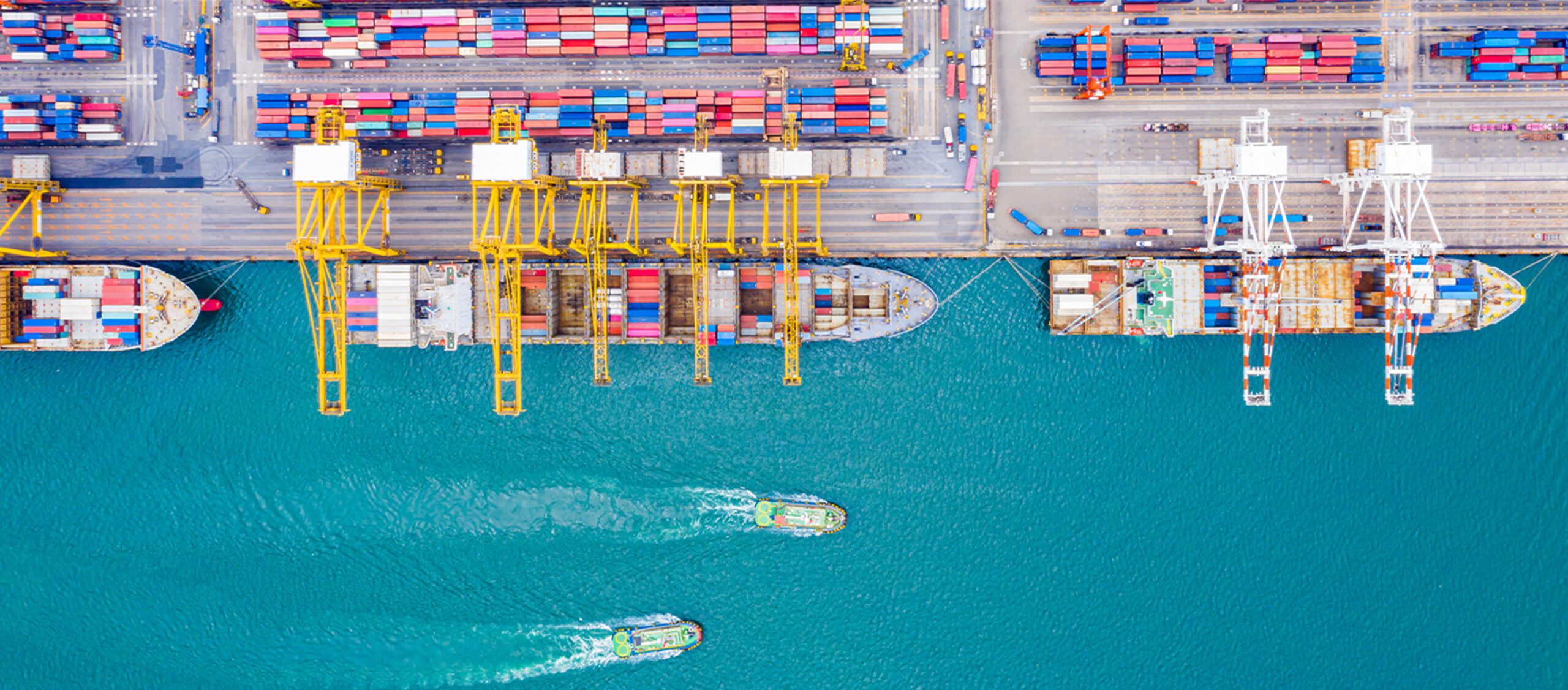Popular Searches
North Carolina’s efficient and dependable access to domestic and global markets gives its businesses the ability to spread influence all over. A strong infrastructure supports profit growth.
Strategically Located in the Center of Commerce
North Carolina’s prime location connects you to customers and suppliers up and down the Eastern Seaboard. A robust highway and rail system ensures that you can move your freight and reach major markets to expand your service offerings quickly.
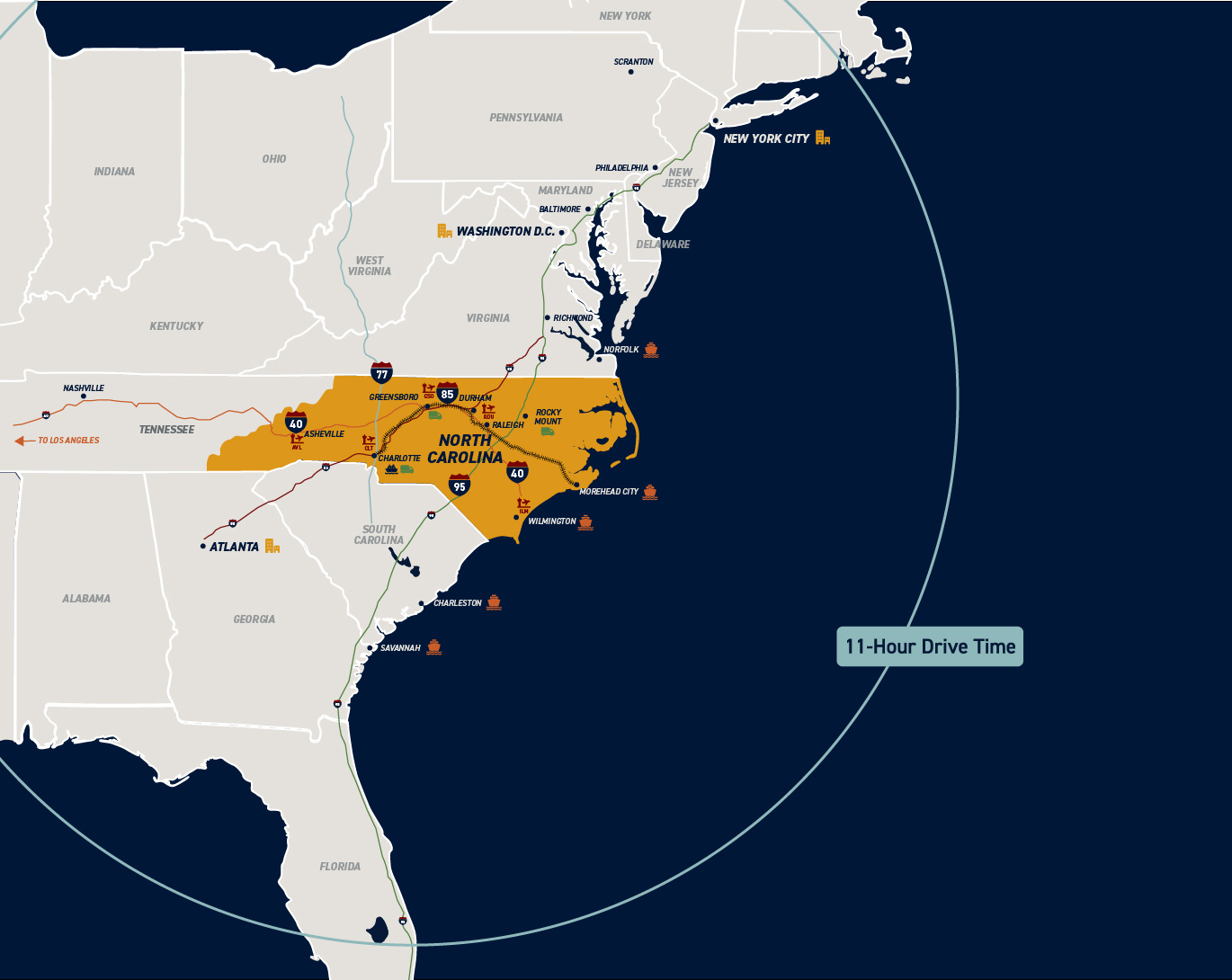
Global Accessibility
Your people and cargo can travel effortlessly from 10 airports that service over 250 destinations (45 international). Charlotte Douglas Airport is the world’s 6th busiest, so you’re virtually a stop away from any major business center on Earth.
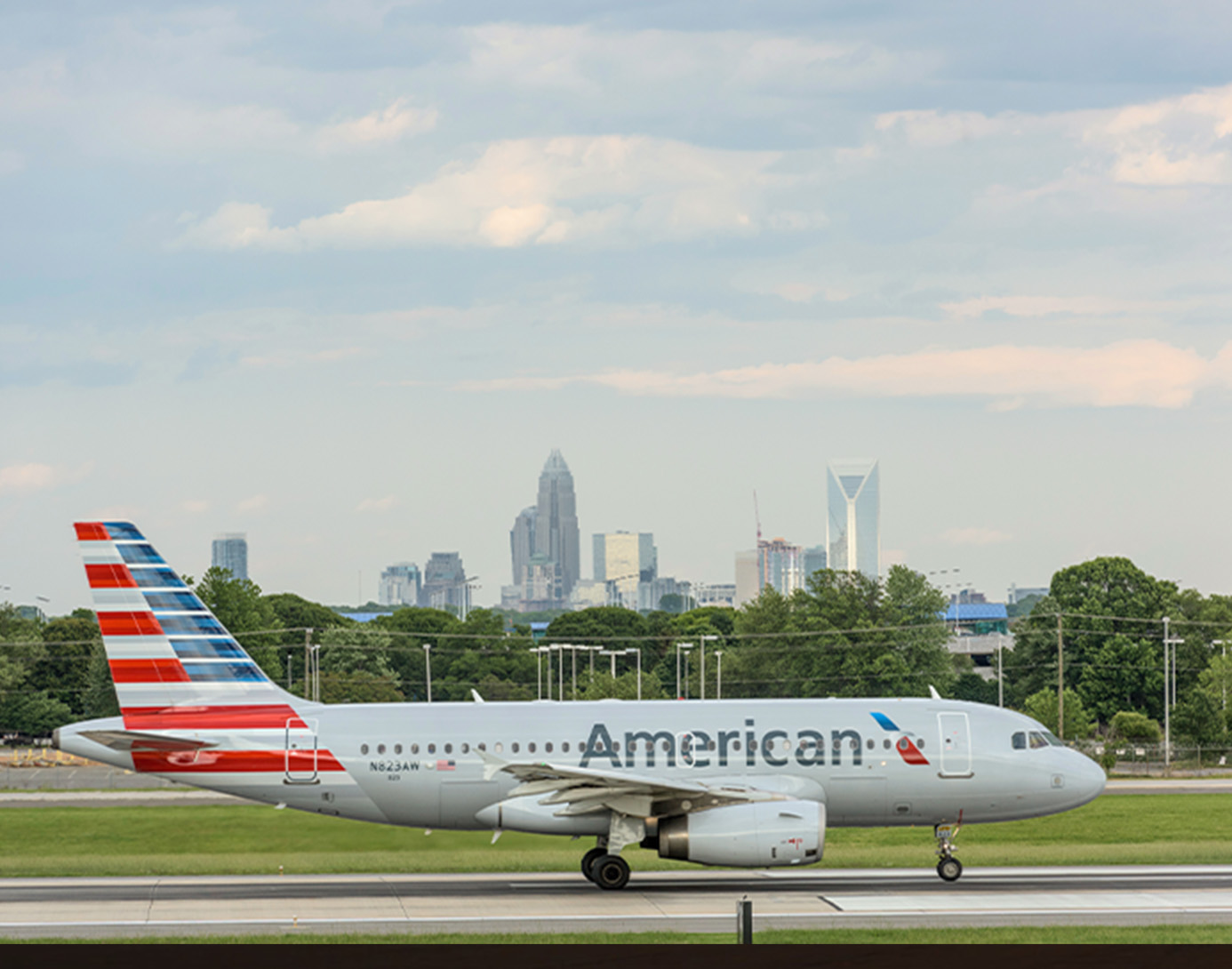
Efficient Shipping Capabilities
North Carolina offers two deep water ports with fast turn times and capacity to support 4 million+ tons of general cargo annually. Additionally, an inland port in Charlotte sits at the heart of the Southeast’s manufacturing and distribution sites.
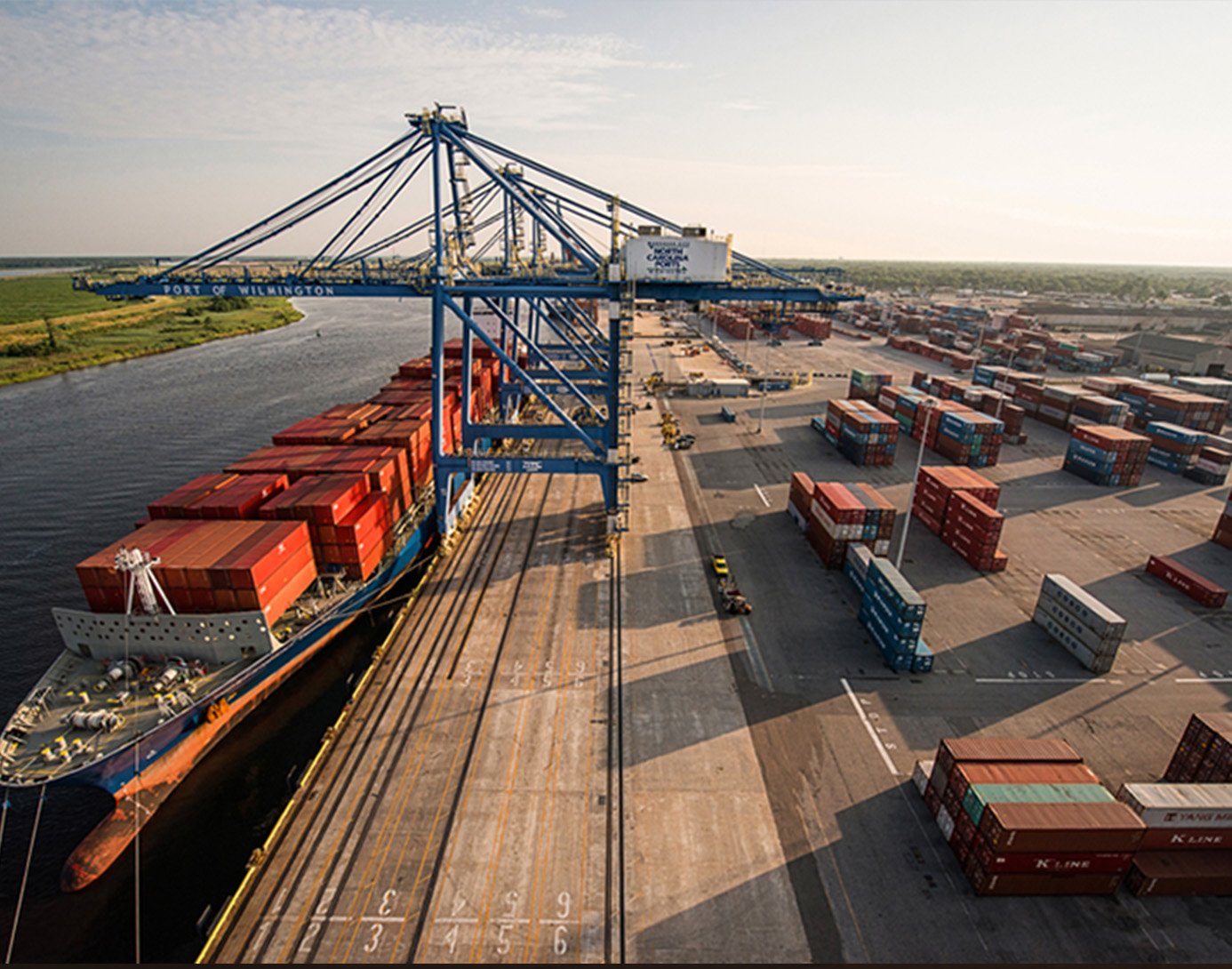
This Rail System Hauls It All
Over 3,000 miles of freight railroad along mountains and coasts and five intermodal terminals interconnect to ship your freight statewide and beyond. Discretionary grant programs are available for site development needs along active rail lines.
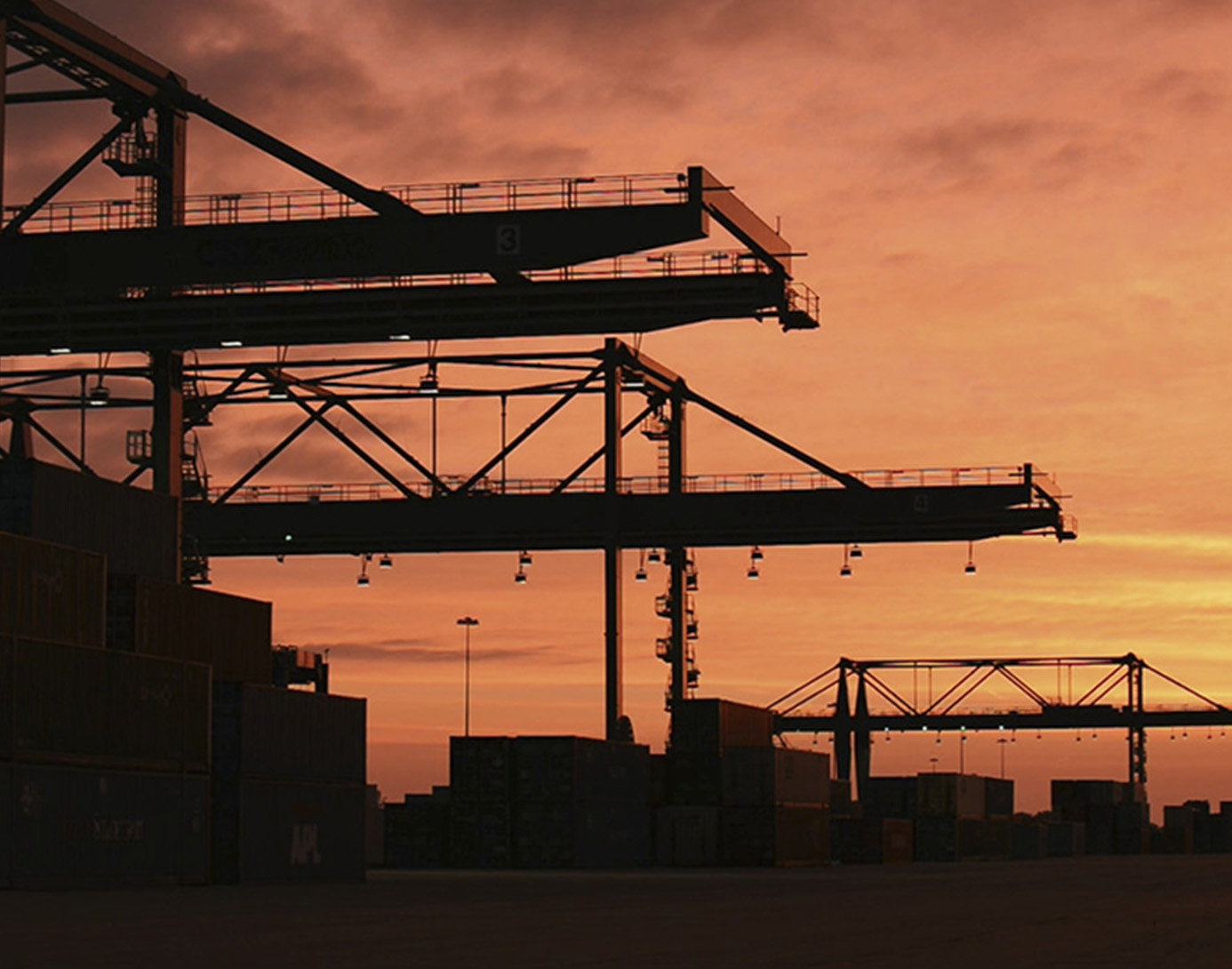
Low Utilities, High Profits
A dependable and affordable utility and water supply guarantee that your operations will run smoothly. Our commercial electricity costs are 26% below the national average and water costs are third lowest in the nation.

Poised and Prepared for Growth
Investments in infrastructure will ensure North Carolina can support its fast-growing population. Our airports are investing billions into growth and expansion projects like new runways, terminal expansions and additions, and land improvements.

Contact Us
Get in Touch



